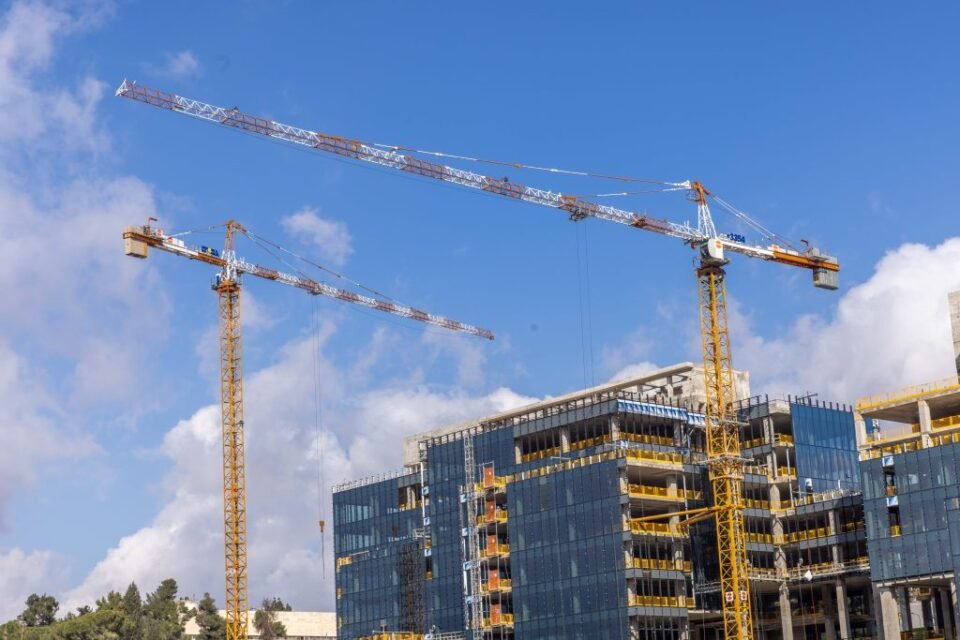By Aryeh Stern

While many developers and contractors assert that the real estate industry is in serious crisis, construction statistics paint a more complicated picture. On the one hand, there has been a rise in the number of building starts, but figures for completions indicate a difficult situation.
Key indicators suggest a problematic outlook: a decline in the number of building permits issued, implying fewer housing projects are being planned, and a rise in the number of homes actively under construction, which may indicate delays.
Some 16,000 housing starts were recorded in the first quarter of this year, a reasonable number even without considering the ongoing war. This contrasts with the final quarter of 2023, when the impact of the conflict was sharply felt, causing building starts to fall below 13,000. Despite the lack of tens of thousands of Palestinian workers, who have been barred from entering Israel since the war began, and the slow arrival of overseas workers meant to replace them, the construction industry does not seem to be struggling based on first-quarter data.
The Israel Builders Association explains that starting construction and being counted as such by the Central Bureau of Statistics is relatively easy; basic excavation and lining work suffice. The real challenges emerge at the actual construction stage, where delays are evident.
Building completions amounted to some 12,000 in the first quarter, the lowest quarterly figure since the third quarter of 2022. Meanwhile, the number of homes under active construction rose 2.4% to 174,000, the highest quarterly figure in a decade. The number of building permits issued fell 30% to 14,800 compared to the final quarter of 2023, the lowest since 2020.
Examining the industry on an annual basis (from the beginning of the second quarter of 2023 to the end of the first quarter of 2024) reveals a slight decline of 1.5% in building starts to approximately 63,000. Compared to the corresponding period two years earlier, there is an almost 10% decline, mainly due to the rise in interest rates in 2022, which significantly impacted the construction industry.
For the second consecutive year, Yerushalayim leads Israel in construction, with 6,736 housing units started between the beginning of the second quarter of 2023 and the end of the first quarter of 2024, a 43% increase from the preceding 12 months. Tel Aviv ranks second, with building starts rising 22% to 5,334 units. Ashdod (2,789), Lod (2,767), and Haifa (1,820) follow.
During this 12-month period, construction began on 13,600 housing units following the demolition of existing buildings, adding a net of 11,000 units. Additionally, 3,990 housing units were started as additions to existing buildings, with 27% in Tel Aviv and a surprising quarter in the northern region, though the figure remains lower than necessary.

